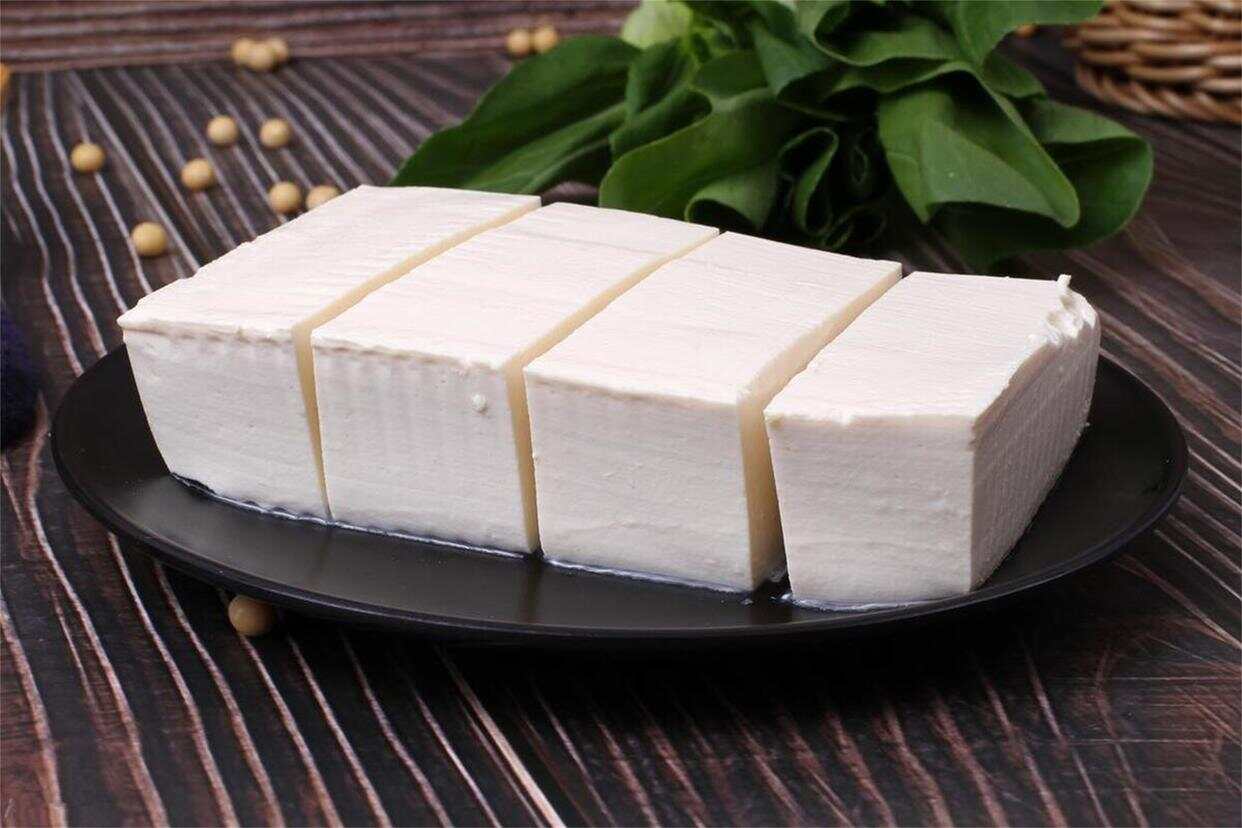As a cornerstone of East Asian cuisine, tofu is not merely a food but a testament to millennia of culinary ingenuity. This humble bean curd, crafted from soybeans, has transcended cultural boundaries to become a global gastronomic staple. For chefs and food enthusiasts alike, tofu represents a blank canvas—a versatile ingredient that absorbs flavors while offering endless possibilities for innovation.
Historical Roots and Cultural Significance
Tofu’s origins trace back over 2,000 years to China’s Han Dynasty, where legend credits the alchemist Liu An with its accidental discovery. By the Tang and Song Dynasties, tofu had become a dietary staple, revered for its nutritional value and adaptability. Its rise coincided with the spread of Buddhism, which promoted vegetarianism, cementing tofu’s role as a protein source for monastic communities. From there, tofu traveled to Japan (as “tōfu,” meaning “Eastern cheese”) and Korea, evolving into regional specialties like silken tofu in Japan and firm doenjang-braised dishes in Korea. Today, it symbolizes simplicity and sustainability, aligning with modern dietary trends.
Crafting Tofu: Alchemy of Soybeans
At its core, tofu requires three simple ingredients: soybeans, water, and a coagulant (traditionally nigari or gypsum). The process begins with soaking and grinding soybeans into a milky slurry, which is boiled to release enzymes. After straining into soy milk, coagulants are added to curdle the mixture. The curds are then pressed to remove excess liquid, resulting in blocks ranging from silken to extra-firm. Modern variations include smoked, marinated, or dried tofu, each offering distinct textures and flavors.
Sensory Profile: Texture and Aesthetics
Visually, tofu presents a pristine, ivory-white hue, often cut into uniform cubes or slabs. Its texture is its defining feature: silken tofu offers a delicate, custard-like smoothness; firm tofu provides a springy, meaty bite; and deep-fried tofu achieves a golden, crisp exterior with a creamy interior. This textural versatility makes it a chameleon in the kitchen, mimicking everything from poultry to seafood when prepared creatively.
Culinary Applications: From Tradition to Innovation
Tofu’s neutral flavor and adaptability make it a star in both classic and avant-garde dishes:
- Spicy Mapo Tofu: Sichuan’s fiery stir-fry, where tender tofu absorbs chili bean paste and Sichuan peppercorn.
- Japanese Yudofu: Silken tofu simmered in dashi broth, embodying minimalist elegance.
- Korean Dubu Jorim: Firm tofu braised in soy sauce and scallions, a hearty side dish.
- Global Fusion: Chefs now feature tofu in tacos, sushi rolls, and even desserts like matcha tofu cheesecake.
Conclusion: Tofu’s Enduring Allure
For food professionals, tofu is more than an ingredient—it’s a philosophy of transformation. Whether honoring ancient traditions or reimagining it for contemporary palates, tofu bridges cultures and diets, proving that simplicity and depth can coexist on the plate. As plant-based eating continues to rise, tofu remains an enduring symbol of culinary artistry, inviting chefs and home cooks alike to explore its infinite potential.
